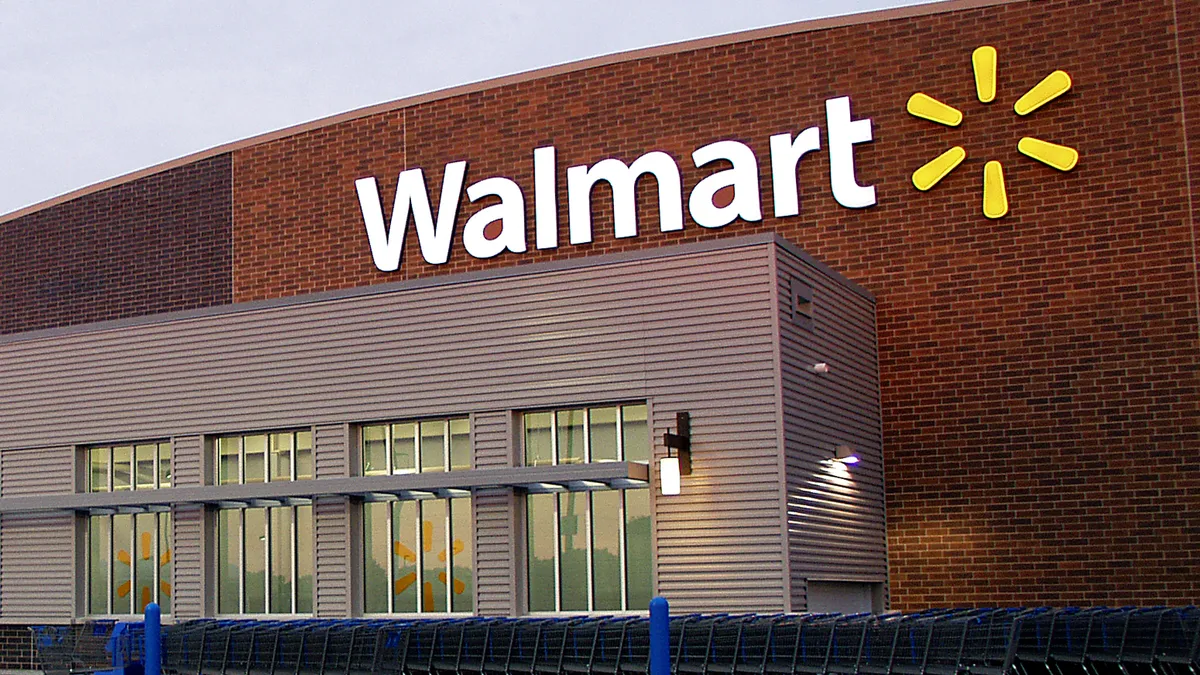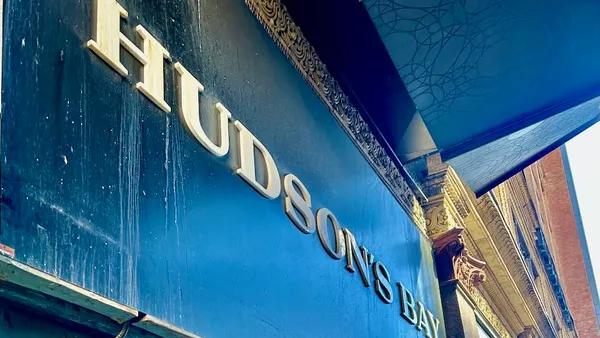Dive Brief:
-
Wal-Mart Stores is talking to “several mobile wallet companies” to expand shoppers' mobile payment options, Senior Vice President of Services Daniel Eckert told reporters late Monday, Reuters reports.
-
Eckert’s disclosure comes days after Wal-Mart announced plans to integrate Chase Pay into its mobile application — the first third-party payment app to be included.
-
Walmart Pay, the retailer’s own payment solution, works within its flagship mobile app and is now accepted at all of its U.S. stores and online. Eckert said Monday that the retailer’s data shows that mobile payments are especially important to its millennial consumers.
Dive Insight:
While Eckert’s comments indicate that Wal-Mart isn’t finished adding third-party mobile payment options, he didn’t elaborate further, which has many speculating about whether the retail giant would accept any or even all of the three major mobile wallets — Apple Pay, Android Pay and Samsung Pay. The last time a Wal-Mart executive came close to saying “yes” to that was in March 2015, when then-CFO Charles Holley called mobile payments "where the future is going to be going for our customer," but added "It’s just not clear where exactly it’s shifting."
Things haven’t advanced much since then. CurrentC, the mobile payment app under development by MCX, a Wal-Mart-led consortium of retailers, never really took off. In fact, Chase Pay is likely the closest any of the retailers involved will get to their own mobile wallet, considering that it’s arguably the de facto replacement for CurrentC. (Chase Pay, announced a year ago with MCX as its “premier partner,” has since inked partnerships with individual MCX retailers including Best Buy.)
Aside from the big three mobile wallets, Wal-Mart could incorporate mobile payment options from PayPal or Synchrony Financial. But it’s also not clear whether Walmart Pay will gain much traction with users, considering its dearth of loyalty perks. Eckert, in remarks at September's CONNECT Mobile Innovation Summit in Chicago, doubled down on the notion that Walmart Pay’s allure lies solely in taking the friction out of checkout.
“We’re all about engaging consumers and not based on any loyalty scheme,” Eckert said. “Time is a currency in our customers’ lives. Saving the customer time is just as valuable as [giving them a discount]. We saw the value [in Walmart Pay] with time and convenience, versus a loyalty scheme.”
Because it leverages QR codes rather than the less cumbersome tap-and-pay function of Near Field Communications apps like the wallet apps, there actually is more friction inherent in Walmart Pay than, say, using rival apps or even a credit or debit card, which remains the biggest competition that mobile payments face. Other QR code-based apps, like those at Starbucks, Dunkin Donuts and CVS, are tied to loyalty perks and rewards that help make the loading and scanning all worth it. Otherwise, users have little reason to keep and use a standalone mobile payment app dedicated to just one retailer, according to Scott Fitzgerald, marketing chief at global commerce services and payments company BlueSnap.
“Loyalty and payments is about habit," Fitzgerald told Retail Dive earlier this year. "If they can get folks in the habit of using Walmart Pay, that’ll make it sticky because they’ll have the ability to push all kinds of loyalty. There aren’t a lot of retailers that have the frequency or the scale where it would make sense.”













